Mexico, the land of vibrant civilizations, is not only renowned for its unique cuisine and breathtaking beaches, but also as a treasure trove of architecture reflecting the nation’s history, culture, and artistry. From ancient pyramids to modern, colorful masterpieces, Mexico offers an extraordinary architectural journey that is both impressive and unforgettable. This article takes you on a tour of iconic landmarks where the past and present combine to form a mosaic of unique and captivating cultural heritage.
Luis Barragán: Revolutionizing Mexican Architecture Through Color
Luis Barragán (1902–1988), a Mexican architect, revolutionized contemporary architecture in the country through his bold use of vivid colors that evoke the essence of traditional Mexican values. His famed works include Casa Barragán, Chapel of the Capuchinas, Torres de Satélite, “Los Clubes” (Cuadra San Cristóbal and Fuente de los Amantes), and Casa Gilardi—all of which showcase his distinctive style and profound vision of space and light.
Barragán graduated as an architect and civil engineer from Guadalajara. In 1925, he embarked on a two-year journey through Europe, where he was deeply inspired by the gardens of major cities as well as the cultural influences of Mediterranean and Islamic traditions. This trip ignited his passion for landscape architecture.
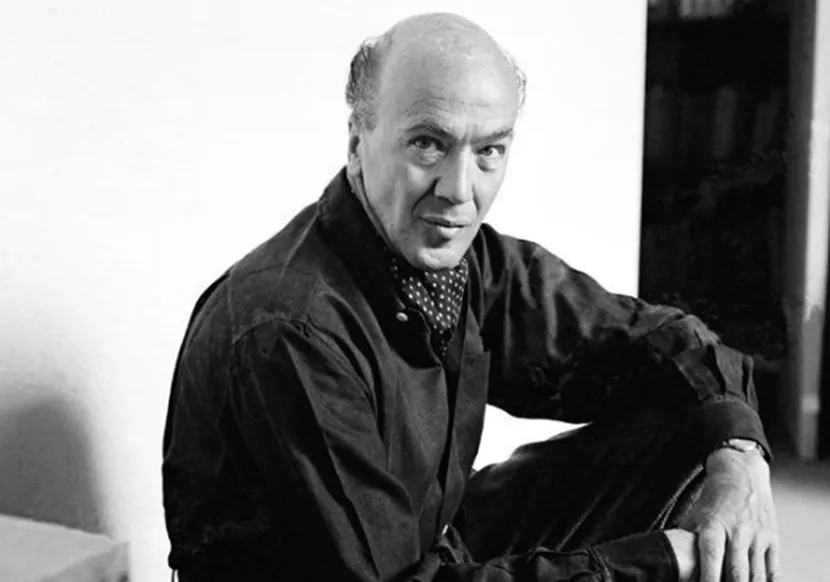
Luis Barragán had a unique perspective on architecture, utilizing open spaces to create designs brimming with emotion rather than merely focusing on practicality. Though some critics labeled him as a minimalist, the rich hues and interplay of space and light in his creations told a different story. His projects often drew from research on local traditions and cultural contexts.
“An essential skill for an architect is the ability to observe. Observation here means controlling one’s vision without letting it be overtaken by rational analysis.” – Luis Barragán
In 1980, Barragán became the second architect to receive the prestigious Pritzker Prize. His home and studio, constructed in 1948 in Mexico City, are now recognized as a UNESCO World Heritage Site.
Vibrant Colors: The Soul of Barragán’s Architecture
Luis Barragán never hesitated to embrace color. He masterfully orchestrated vibrant palettes to interact with light across different angles. His colorful, emotionally charged designs were influenced by Mexican culture and European styles he encountered during his travels.
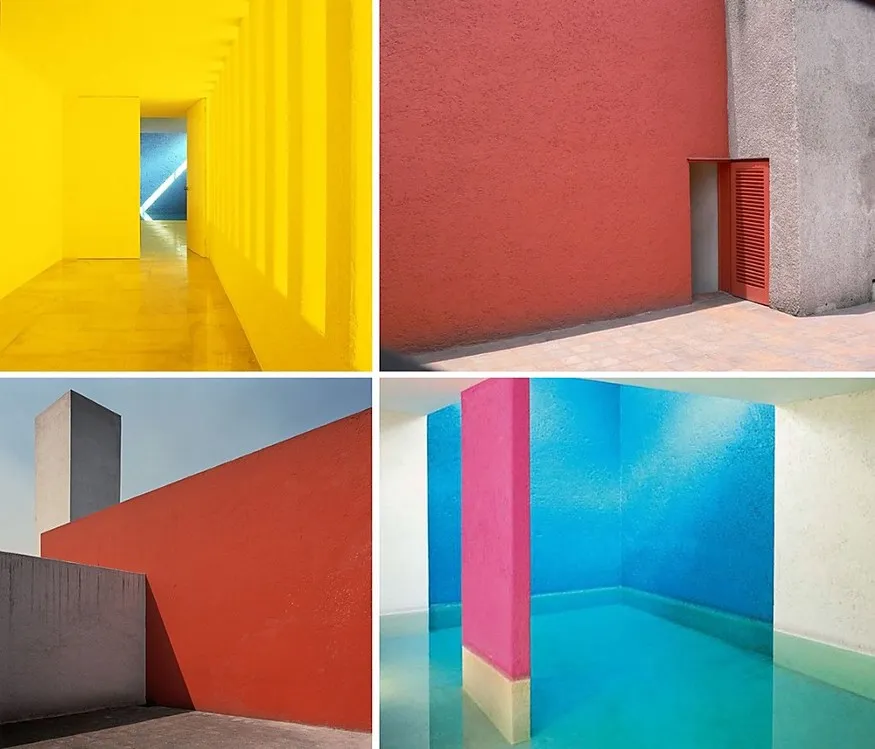
Barragán respected Mexico’s heritage, particularly the 62 indigenous cultures from its various tribes, each using its unique symbolic color schemes. He incorporated these colors into his contemporary designs.
Initially, he adopted traditional Mexican architectural styles, using a restrained palette featuring basic colors like blue, white, and red. However, after returning from Europe in 1930—where he met artist Jose Clemente Orozco, Swiss architect Le Corbusier, and landscape architect Ferdinand Bac—his approach to color flourished. Orozco demonstrated the power of large-scale color applications, Le Corbusier introduced innovative modernist design concepts, and Bac provided insights into landscape architecture and reflective garden spaces.
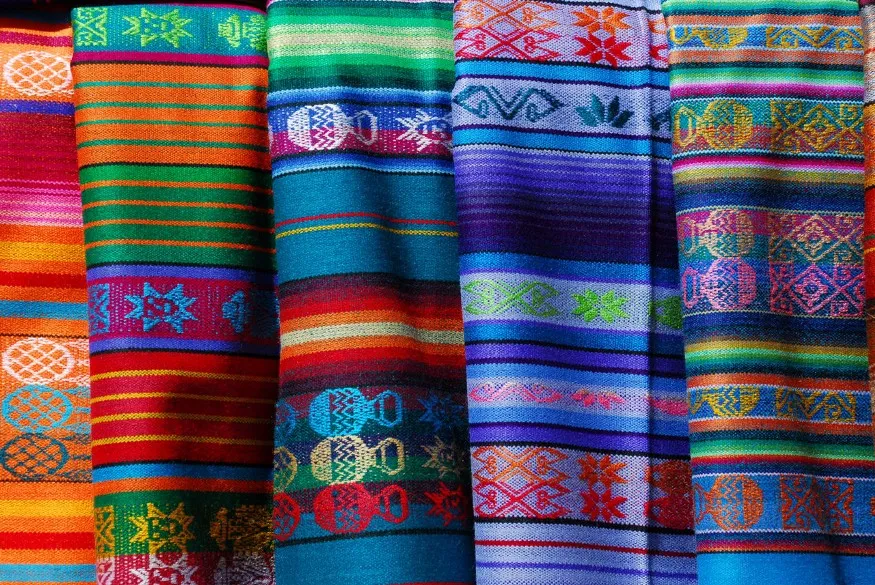
Influenced by these progressive ideas, Barragán developed his unique “Mexican International” style in the early 1940s—a fusion of foreign concepts with familiar Mexican beauty. He emphasized emotional over mechanical design philosophy, rejecting the notion of buildings as “machines” and instead creating “emotional architecture” that evokes feelings and thoughts. Using natural materials like adobe and wood, Barragán employed bold colors to create depth and a sense of wonder.
By manipulating color and the cyclical movement of the sun, Barragán achieved shifting shadows throughout the day. He chose colors to match the emotions he wanted a space to elicit, blending them harmoniously with natural light.
By the late 1940s, Barragán combined contemporary artistic techniques with painting-inspired color layouts to incorporate dimension, light interaction, and innovation into his designs. White walls mingled with bright yellows, bold pinks, fuchsias, magentas, vermillions, cadmium reds, indigos, cobalts, emerald greens, lilacs, and deep purples—all deeply rooted in a balance between tradition and global influence.
“The radiant colors under Mexico’s sunlight are omnipresent both in daily life and celebrations. These bold, striking colors blend with tropical hues from flora and fauna, revitalizing our spirits.”
Explore the Iconic Works of Luis Barragán
Casa Barragán
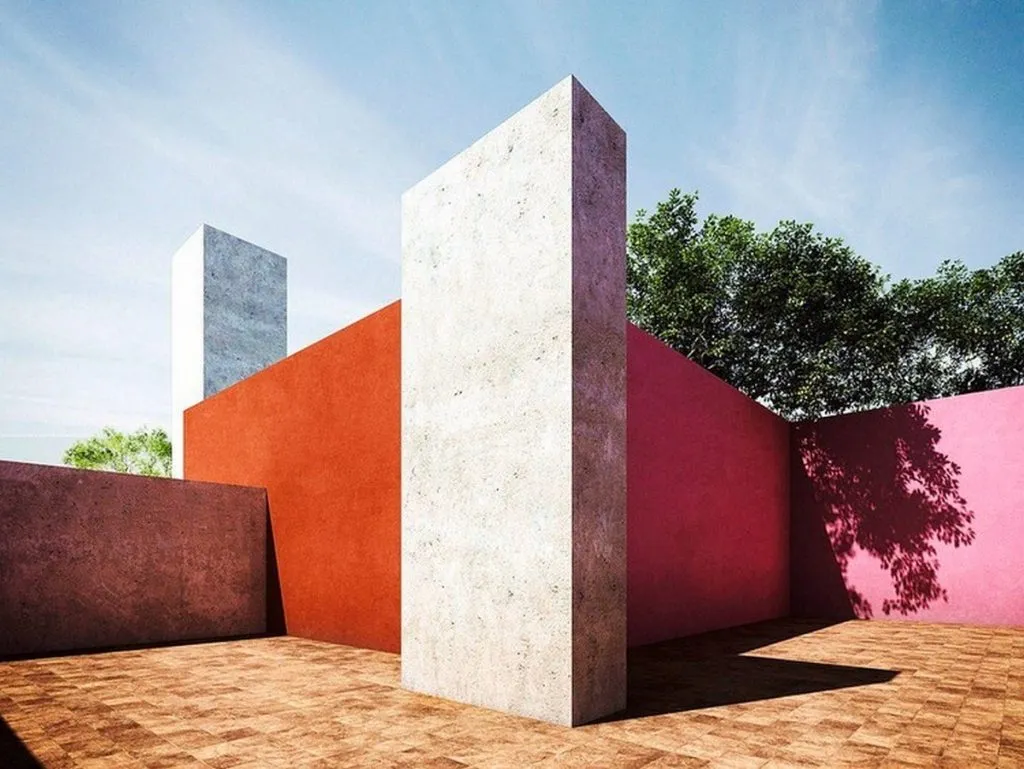
Nestled in the Tacubaya neighborhood, Casa Barragán serves as the architect’s home and studio. The design seamlessly integrates with surrounding culture and sets the tone for urban development in the area. Featuring raw materials and iconic Mexican hues like vibrant pink and yellow, Casa Barragán offers visitors magical experiences through its distinctive interiors and masterful interaction with light.
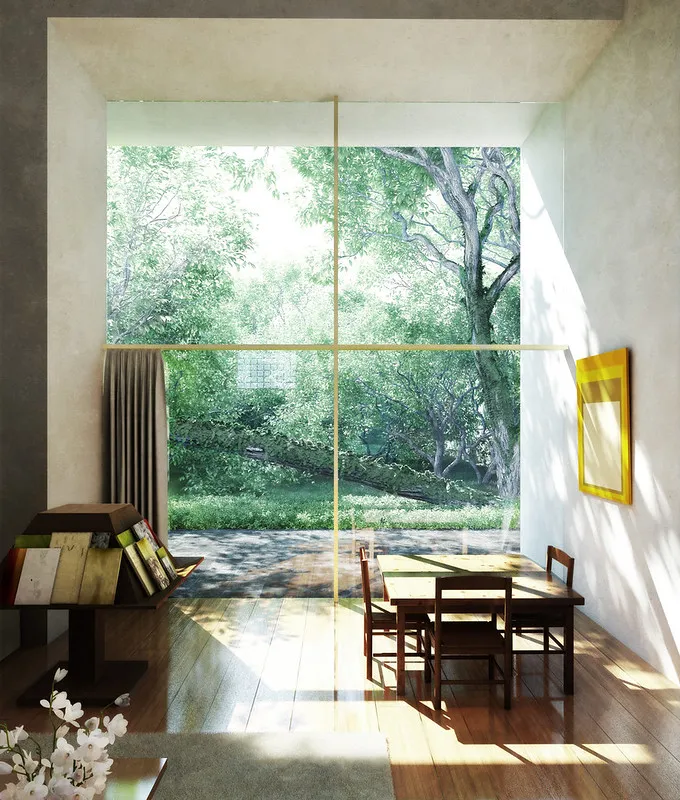
The design highlights Barragán’s ability to manipulate planes and natural/artificial lighting. Skylights and windows encourage visitors to observe changing daylight patterns. These elements channel Mexico’s natural beauty into the home’s architectural essence, positioning Barragán as a landscape architect focused on environments beyond the building’s interior.
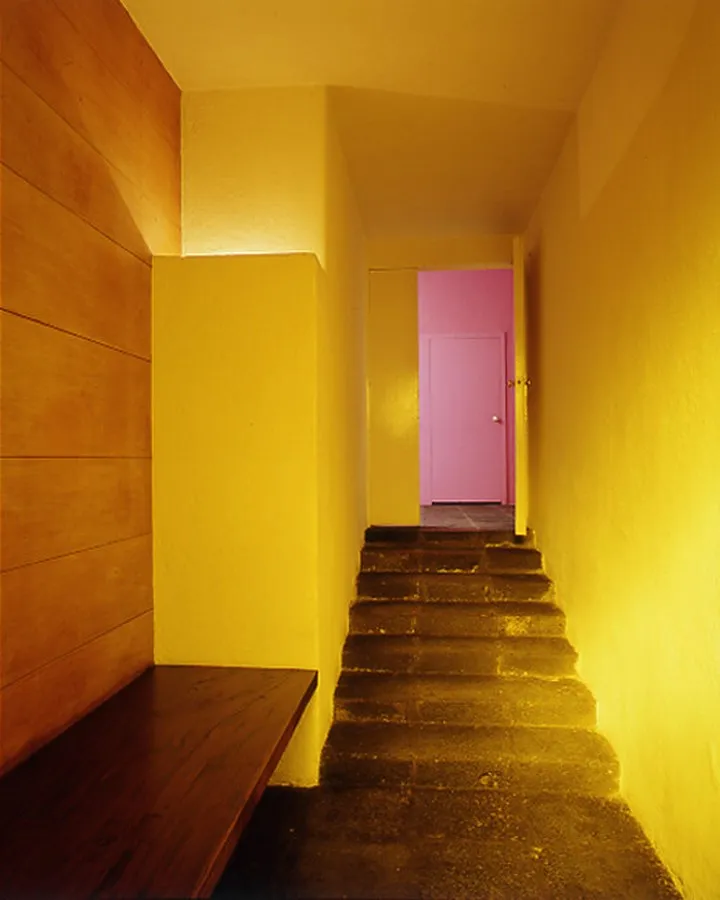
Inside, visitors experience surprise at every turn, from dark hallways leading to striking pink walls to double-height rooms featuring simple yet impactful décor. Each space invites contemplation and appreciation of its artistic simplicity.
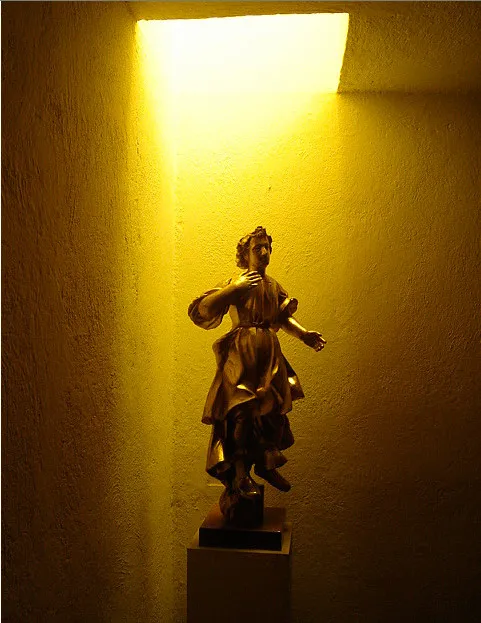
From staircases leading to distinctive rooms to colorful balconies and terraces, Barragán merged poetry with architecture. His spaces transcend conventional norms and offer deeply emotive journeys inspired by his dreams and memories.
Torres de Satélite
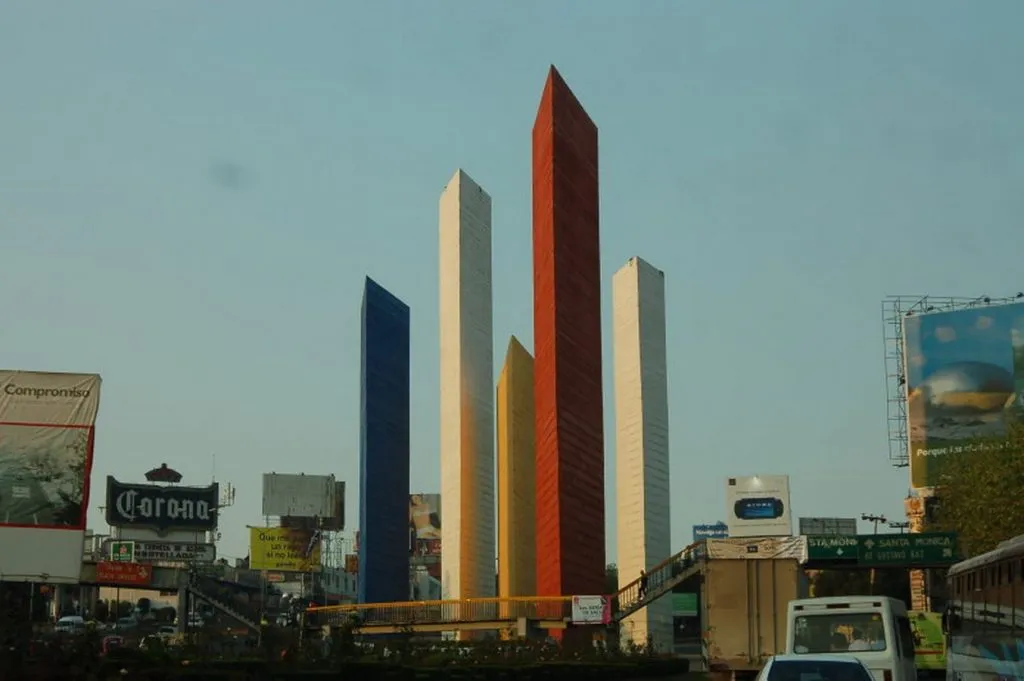
Constructed in 1957, Torres de Satélite represents a beacon of hope for Ciudad Satélite’s future. Collaborating with artist Jesus Rayes Ferreira and sculptor Mathias Goeritz, Barragán designed five independent pyramids in bold red, blue, yellow, and neutral white tones, located in the suburb’s central plaza. The textured patterns formed during construction transformed these structures into wonderful blends of art and architecture.
Casa Gilardi
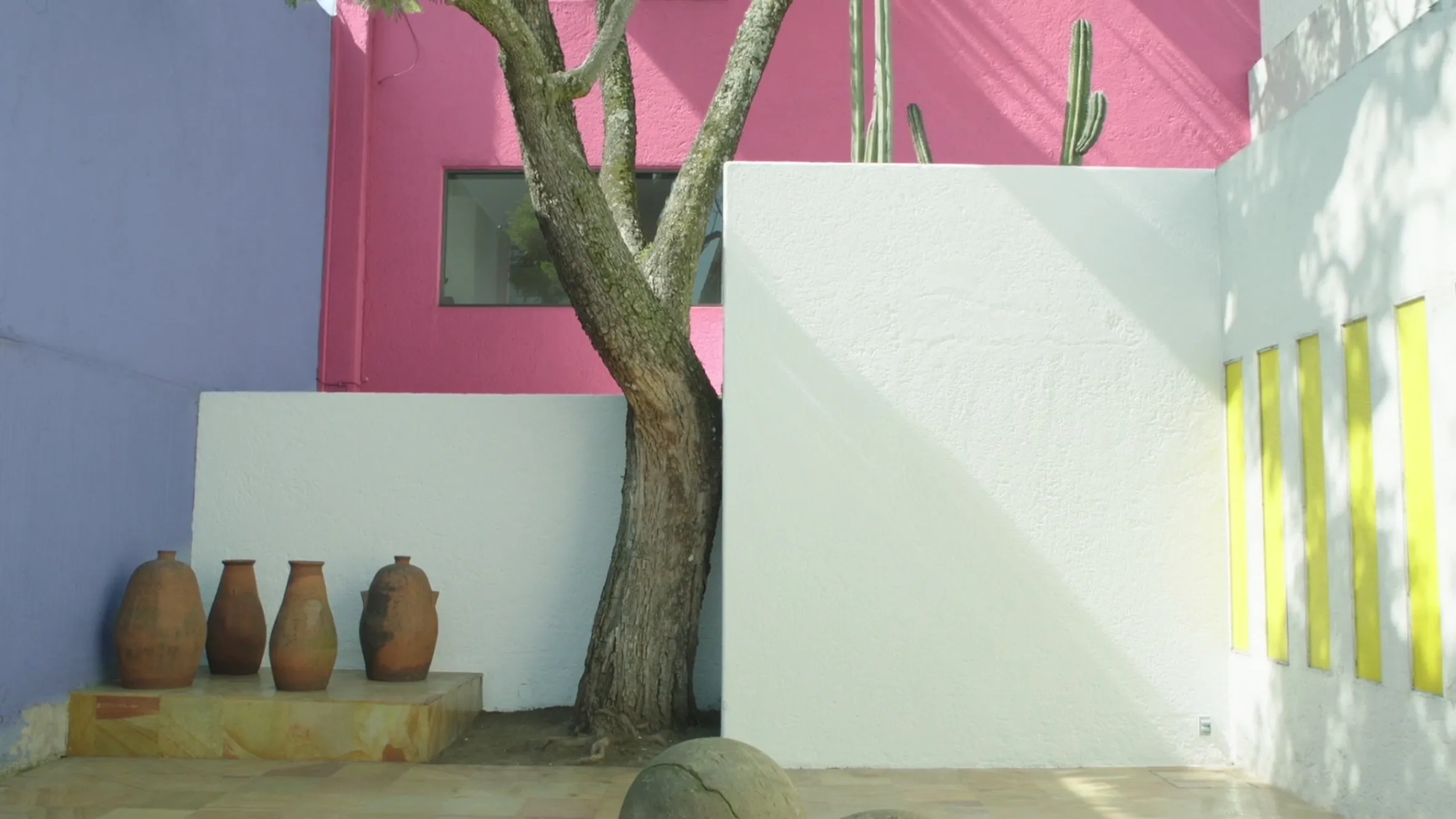
Casa Gilardi, Barragán’s final project, showcases his mastery of integrating nature, light, and vibrant color. The design revolves around a jacaranda tree, marking the project’s significance in Barragán’s portfolio. Initially hesitant, Barragán accepted the project upon visiting the site and seeing the tree, stating: “Don’t cut it; the house will be built around it.”
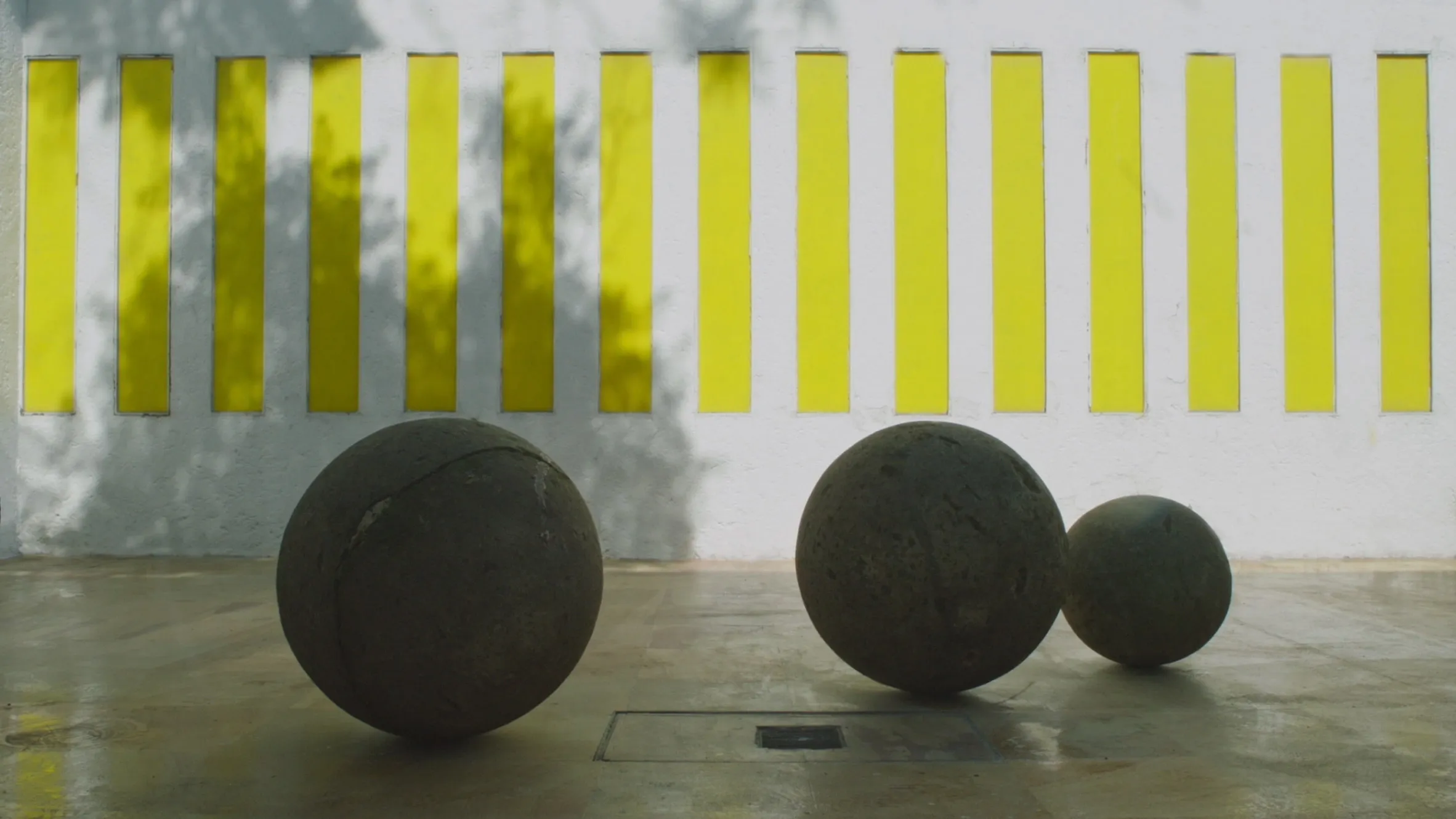
Located in San Miguel de Chapultepec, the home’s exterior radiates vibrant pink hues alongside wooden doors leading visitors through captivating spaces filled with light, shadow, and emotion.
Chapel of the Capuchinas
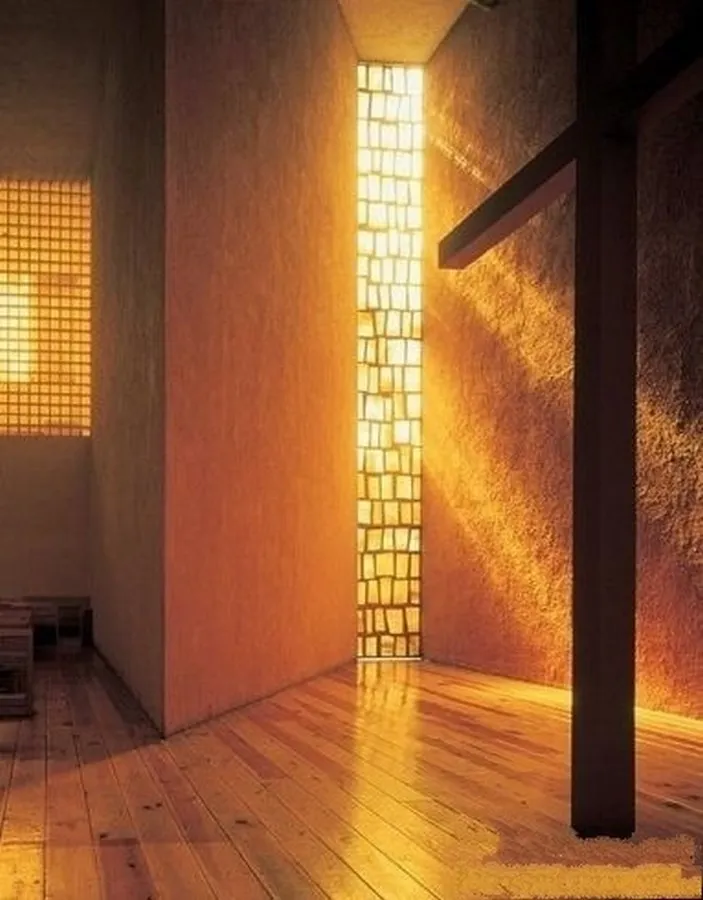
Barragán’s chapel design conveys profound serenity and spirituality. Unique golden corridors illuminated with natural light create a tranquil atmosphere, complemented by distinctive elements like an oversized crucifix and minimalist furnishings.
Gálvez House
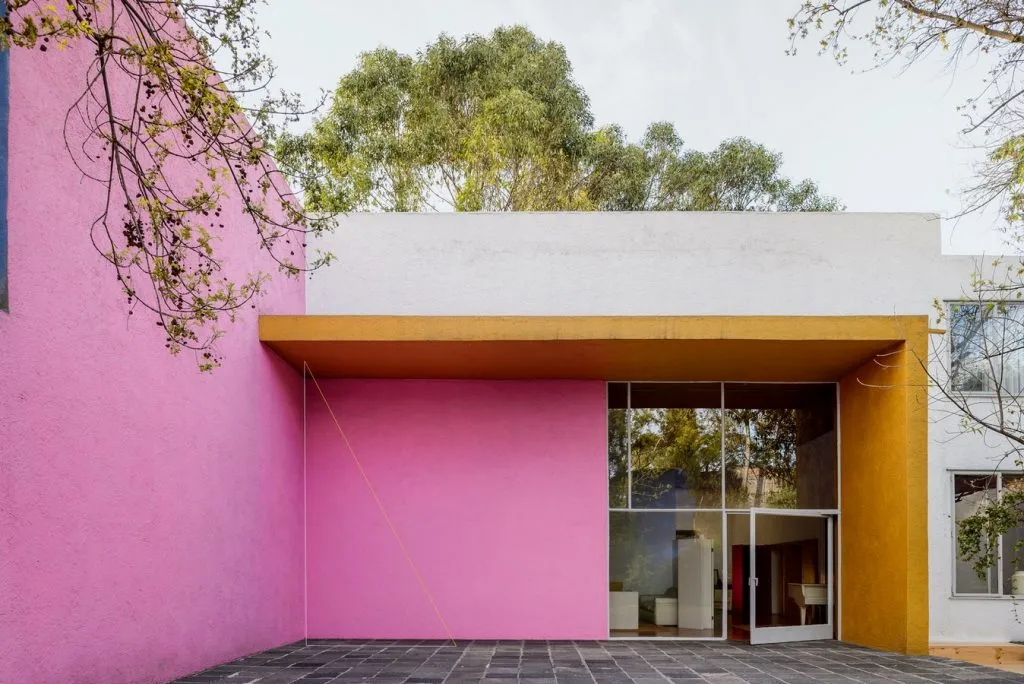
The Gálvez House transcends conventional boundaries, harmonizing architecture with its surroundings. Adorned in Mexico-inspired colors—pink, yellow, and white—the stucco walls feature wooden and stone textures, embodying Barragán’s dedication to raw materials and authentic design.
Mexico: Where Architecture Tells Endless Stories
The remarkable architectural landmarks of Mexico are not mere concrete structures; they are vibrant masterpieces narrating tales of history, culture, and humanity. From Luis Barragán’s creations to other ancient and modern wonders, Mexico stands as a dream destination for architecture aficionados seeking to explore unparalleled cultural treasures. Come and experience the extraordinary magic of Mexican architecture, where the past and present unite to form a kaleidoscope of color, emotion, and beauty.